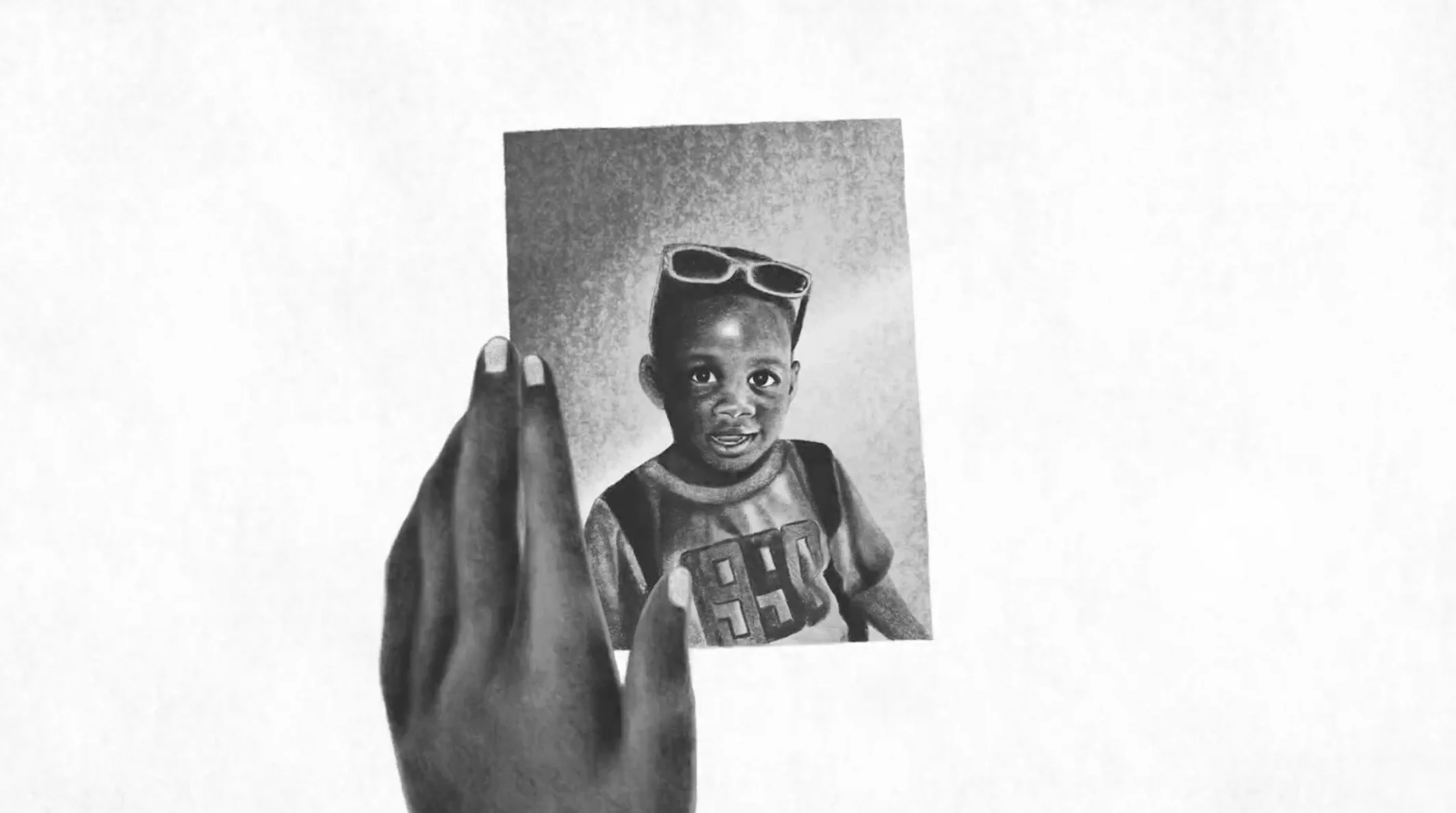Exploring Identity with AKB and the Non-Identity Indian
/I sit down with AKB at Kafka’s, under the bright artwork of local Métis artist Jean Paul Langlois – coincidentally, one of her favourites. We’re here to talk about identity as the core of who we are, about how capturing our fluid thoughts, expressions, histories and states of being into something explainable can feel like an unending journey.
She starts by telling me about her family. It is immediately clear to me that she has strong ties and a deep love that spans across generations on both sides. Though despite these strong familial connections, it has not always been easy for AKB to embody and reconcile the two sides of her German and Cree ancestries.
She describes how her ongoing cultural learning can sometimes make her feel disconnected from her own roots. How troubling it felt, she shares, to discover that pow wows continue to take place in Germany without any Indigenous involvement and recognition, and how this reality can feel so unreflective of the way in which these two sides of her identity interact within her.
For AKB, the journey to understand her identity as a woman of Indigenous and European descent emerges through her artistic process as a photographer. Her work explores the intersection of self and collective identities through a series of monochromatic, faceless portraits that root the present in its historical context.
born in the age of indigenization from portraits of the non-identity indian
The complex tension of her own identity inspired Non-Identity Indian, a historical series reclaiming the narrative of colonial photographs that capitalized on exoticism and led to the stereotypical misrepresentation of Indigenous cultural identity.
“Non-identity Indian was something that someone called me during my artistic process. ‘It sounds like you have a case of non-identity Indian on your hands’,” explains AKB. “It was fitting for my process of working through who I am while being able to understand identity in a more historical sense.”
Impressively, AKB works alone. She uses a timer to shoot self-portraits, which allows her to bridge the historic divide between white male photographer and Indigenous female subject. Each portrait is reminiscent of a certain era, ranging from the late 1800s to the 1970s. The facelessness, she says, represents a disconnection from the individual while evoking a connection to history, ancestry and collective identity at the same time.
AKB’s journey has led her to beautifully surprising commonalities between her Cree and German backgrounds–in various teachings, in the exchange of slippers and moccasins, in the ancestral and spiritual connection that comes with knowing generations of grandparents on both sides of her family, and in each side’s relationship to the land.
“I’m finally feeling comfortable with my identity through this process. I’m sitting in the middle of the circle and feeling comfortable being in the middle of things. Photography is therapeutic, it helps me to reflect on myself, my history, and move forward with that, whatever moving forward really means.”
AKB’s maternal connection to the land through the family garden inspired the series h(Oma)ge, a tribute to her late grandmother. AKB shot faceless portraits of her mother and aunties wearing her Oma’s clothing in the garden, the lifeblood of family dinners where many generations gathered. The aspect of facelessness was important to represent the communal identity of family beyond her Oma’s face, which was uniquely hers.
Oma’s dresses 11 years after her death (2 weddings and a baby) from the series h(Oma)ge
In this way, AKB’s work reflects the complicated nature of identity that transcends individual boundaries. She tells me that this is not an identity crisis, but an invitation to unpack identity in a positive and healthy way.
Like the enigmatic nature of identity, AKB’s artistic process is ongoing, fluid and evolving. She is currently working on expanding the Non-Identity Indian series and adding written biographies for the women featured in the portraits.
“I have no idea if this series will ever be done,” she says, “I hope it lasts for a long time.”
From a recent series titled Deluge








